Home>Technology>Home Entertainment Systems>What Paint Do I Use For A Projector Screen
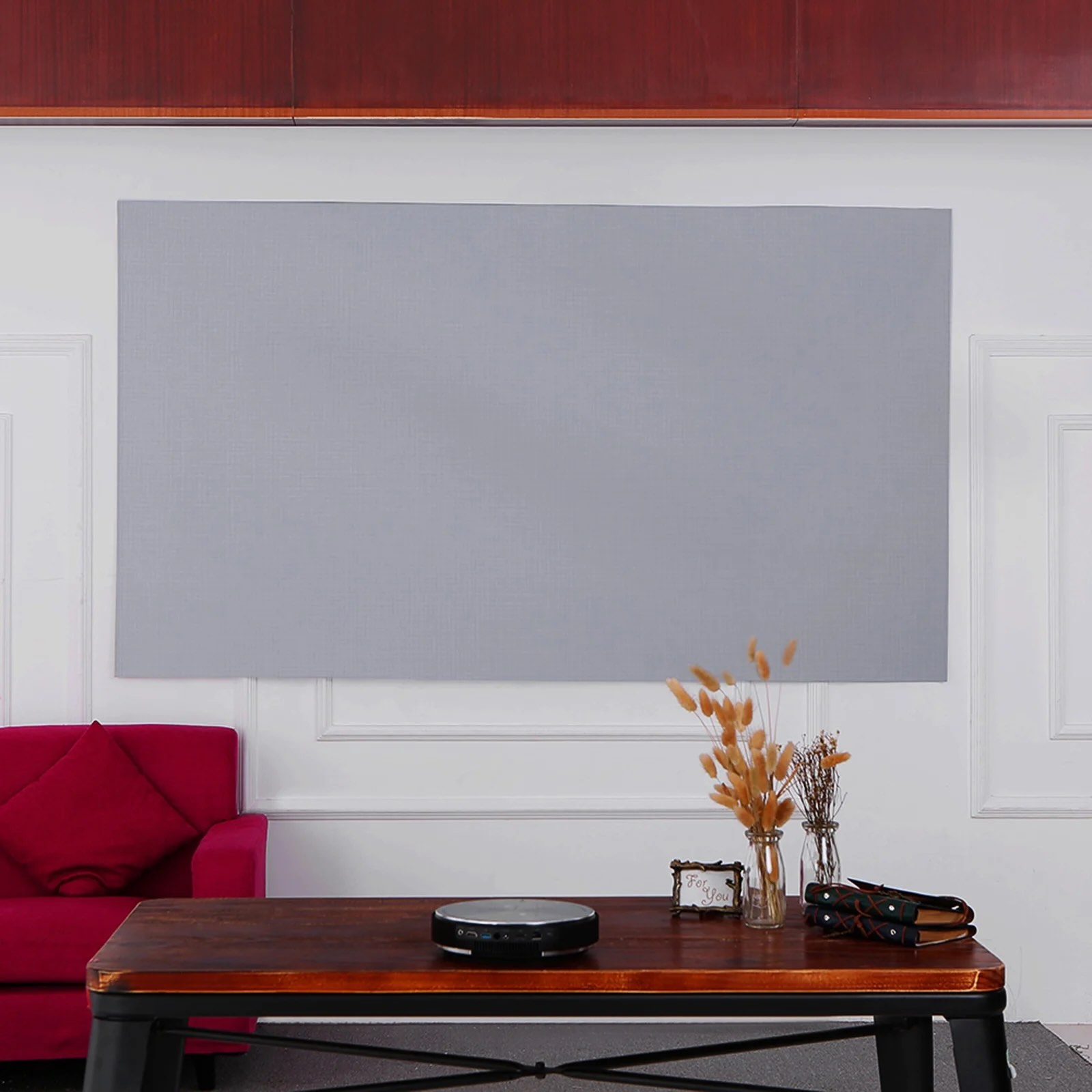

Home Entertainment Systems
What Paint Do I Use For A Projector Screen
Modified: January 9, 2024
For your home entertainment system, choose the right paint for your projector screen to enhance your viewing experience. Find out which paint works best for your DIY project.
(Many of the links in this article redirect to a specific reviewed product. Your purchase of these products through affiliate links helps to generate commission for Storables.com, at no extra cost. Learn more)
Introduction
Welcome to the world of home entertainment systems, where the magic of movies, sports, and gaming comes to life in the comfort of your own space. If you're considering setting up a projector system, one crucial element to consider is the projector screen. While there are various options available for purchasing a projector screen, you may be exploring the possibility of creating a customized screen to fit your specific needs and preferences. This is where the question arises: "What paint do I use for a projector screen?"
Choosing the right paint for your projector screen is a critical decision that can significantly impact the visual quality of your projected images. In this comprehensive guide, we will explore the factors to consider when selecting paint for a projector screen, the different types of paint suitable for this purpose, and the best practices for achieving a professional and high-quality finish. Whether you're a cinephile, a gaming enthusiast, or simply someone who appreciates the immersive experience of a large projected display, this guide will equip you with the knowledge you need to make an informed decision and embark on your projector screen painting journey with confidence. Let's dive in and uncover the secrets to transforming a blank wall into a stunning canvas for your projector system.
Key Takeaways:
- Choose the right paint for your projector screen by considering factors like reflectivity, color accuracy, and ambient light absorption to enhance your viewing experience and maximize your projector’s performance.
- When painting your projector screen, follow best practices such as surface preparation, thin and consistent paint application, and final inspection to create a visually stunning and professional display that brings your favorite movies and games to life.
Read more: What Size Projector Screen Do I Need
Factors to Consider When Choosing Paint for a Projector Screen
When it comes to selecting the ideal paint for your projector screen, several crucial factors should influence your decision. Understanding these considerations will not only ensure optimal visual performance but also contribute to the longevity and durability of your projector screen. Here are the key factors to keep in mind:
- Reflectivity: The ability of the paint to reflect light evenly across the screen is paramount. Opt for a paint with high gain to maximize brightness and contrast, resulting in vivid and dynamic images.
- Color Accuracy: The paint color should provide excellent color accuracy, ensuring that the projected images maintain their true colors without distortion or tinting. Neutral shades such as pure white or light gray are often preferred for their ability to preserve color fidelity.
- Smoothness and Texture: A smooth and uniform surface is essential for achieving a clear and sharp image. Avoid textured paints that can scatter light and cause a grainy or uneven projection.
- Absorption of Ambient Light: Consider the ambient light conditions in your viewing environment. If the room is prone to ambient light intrusion, choosing a paint with ambient light rejection properties can help maintain image clarity and contrast even in well-lit spaces.
- Durability and Washability: Since the screen may require occasional cleaning, selecting a paint that is durable and washable will ensure that the screen maintains its pristine appearance over time.
- Compatibility with Projector Type: Certain projector technologies, such as ultra-short-throw or laser projectors, may have specific requirements for screen paint. Ensure that the paint you choose is compatible with the type of projector you plan to use.
By carefully considering these factors, you can make an informed decision when choosing the paint for your projector screen, ultimately enhancing the viewing experience and maximizing the performance of your projector system.
Types of Paint for Projector Screens
When it comes to painting a projector screen, various types of paint offer distinct characteristics and performance attributes. Understanding the different types of paint will enable you to make an informed choice based on your specific requirements and preferences. Here are some of the primary types of paint suitable for projector screens:
- Projection Screen Paint: Specifically formulated for creating projector screens, this type of paint is designed to provide high reflectivity and color accuracy. It typically features a high-gain formula to enhance brightness and contrast, resulting in vibrant and sharp images. Projection screen paints are available in different gain levels to accommodate various ambient light conditions and projector types.
- Acrylic Latex Paint: Acrylic latex paints, particularly those with a matte or eggshell finish, can serve as a cost-effective alternative for painting projector screens. While not specifically formulated for projection, certain acrylic latex paints offer good reflectivity and color neutrality, making them suitable for DIY projector screen projects.
- Reflective Metallic Paint: These specialized paints contain metallic particles that enhance the reflective properties of the surface, resulting in increased brightness and contrast. Reflective metallic paints can be an excellent choice for achieving a high-gain screen with exceptional reflectivity, especially in environments with controlled lighting.
- Optical Coating Paint: Designed to optimize light reflection and diffusion, optical coating paints are engineered to maximize the performance of projector screens. These paints often incorporate advanced light-reflective technologies to deliver superior image quality and color accuracy, making them well-suited for demanding projection applications.
Each type of paint offers unique benefits and considerations, and the choice ultimately depends on your specific viewing environment, projector characteristics, and desired screen performance. By exploring the diverse range of paints available, you can select the most suitable option to achieve stunning visual results and elevate your home entertainment experience.
For a projector screen, use a high-quality matte white paint with a smooth finish to minimize glare and ensure good color reproduction. Avoid glossy or textured paints.
Best Practices for Painting a Projector Screen
Embarking on a projector screen painting project requires careful planning and execution to ensure a professional and visually stunning outcome. By following best practices, you can achieve a meticulously painted screen that enhances the performance of your projector system. Here are the essential guidelines and tips for painting a projector screen:
- Surface Preparation: Begin by preparing the surface to be painted. Ensure that the wall or screen area is clean, smooth, and free of any imperfections. Sanding the surface and applying a primer can help create an optimal base for the paint.
- Selection of Paint: Choose a high-quality paint specifically formulated for projector screens. Consider factors such as reflectivity, color accuracy, and ambient light rejection properties to select the most suitable paint for your viewing environment.
- Application Method: Opt for a high-quality paint roller or sprayer to achieve a smooth and even application. Take care to apply the paint in thin, consistent coats to prevent uneven texture and ensure optimal light reflection.
- Multiple Coats: Applying multiple thin coats of paint is preferable to a single thick coat. This approach allows for better control over the paint thickness and minimizes the risk of streaks or uneven coverage.
- Uniform Coverage: Ensure that the paint is applied uniformly across the entire screen area, avoiding patches or areas of uneven thickness. Consistent coverage is essential for achieving a seamless and professional-looking surface.
- Drying and Curing: Allow each coat of paint to dry thoroughly according to the manufacturer’s recommendations. Proper drying and curing times are crucial for the paint to achieve its optimal reflective properties and durability.
- Final Inspection: Once the paint has dried completely, inspect the screen surface under various lighting conditions to ensure that it exhibits uniform reflectivity and color accuracy. Address any imperfections or inconsistencies before proceeding to the final setup.
- Screen Border and Masking: Consider painting a contrasting border or masking the screen edges to enhance the perceived contrast and focus of the projected images, creating a professional and polished visual presentation.
By adhering to these best practices, you can transform a blank wall or screen into a high-performance projector display that delivers exceptional image quality and immersive viewing experiences. With meticulous attention to detail and the right techniques, your painted projector screen will become the centerpiece of your home entertainment setup, captivating audiences with stunning visuals and cinematic brilliance.
Conclusion
As you conclude your journey into the realm of projector screen painting, you have gained valuable insights into the essential considerations, types of paint, and best practices that can elevate your home entertainment experience. The process of selecting the right paint for your projector screen involves a harmonious blend of technical knowledge and creative vision, culminating in a visually captivating and immersive display.
By carefully evaluating factors such as reflectivity, color accuracy, and ambient light rejection, you can make an informed choice when choosing the paint for your projector screen. Whether you opt for specialized projection screen paints, acrylic latex alternatives, or advanced optical coating options, each type of paint offers distinct attributes that can enhance the performance of your projector system.
Armed with a comprehensive understanding of the best practices for painting a projector screen, you are equipped to embark on your painting endeavor with confidence and precision. From meticulous surface preparation to the application of multiple thin coats and the final inspection, following these guidelines will ensure a professional and seamless finish that optimizes the visual impact of your projector screen.
As you venture into the world of projector screen painting, remember that the ultimate goal is to create a captivating canvas that brings your favorite movies, games, and multimedia content to life with stunning clarity and brilliance. Your painted projector screen will serve as the gateway to immersive entertainment, captivating audiences with its vibrant visuals and cinematic allure.
Embrace the creative journey of transforming a blank wall into a mesmerizing projection surface, and revel in the satisfaction of witnessing your home entertainment space come alive with the magic of projected imagery. With the right paint, meticulous techniques, and a touch of artistic flair, your projector screen will become the focal point of unforgettable viewing experiences, enriching your home entertainment endeavors for years to come.
So, armed with your newfound knowledge, it’s time to embark on your projector screen painting adventure and unleash the full potential of your home entertainment system. Let the magic of cinema and gaming unfold on your meticulously crafted canvas, and immerse yourself in the captivating world of projected visuals.
Frequently Asked Questions about What Paint Do I Use For A Projector Screen
Was this page helpful?
At Storables.com, we guarantee accurate and reliable information. Our content, validated by Expert Board Contributors, is crafted following stringent Editorial Policies. We're committed to providing you with well-researched, expert-backed insights for all your informational needs.
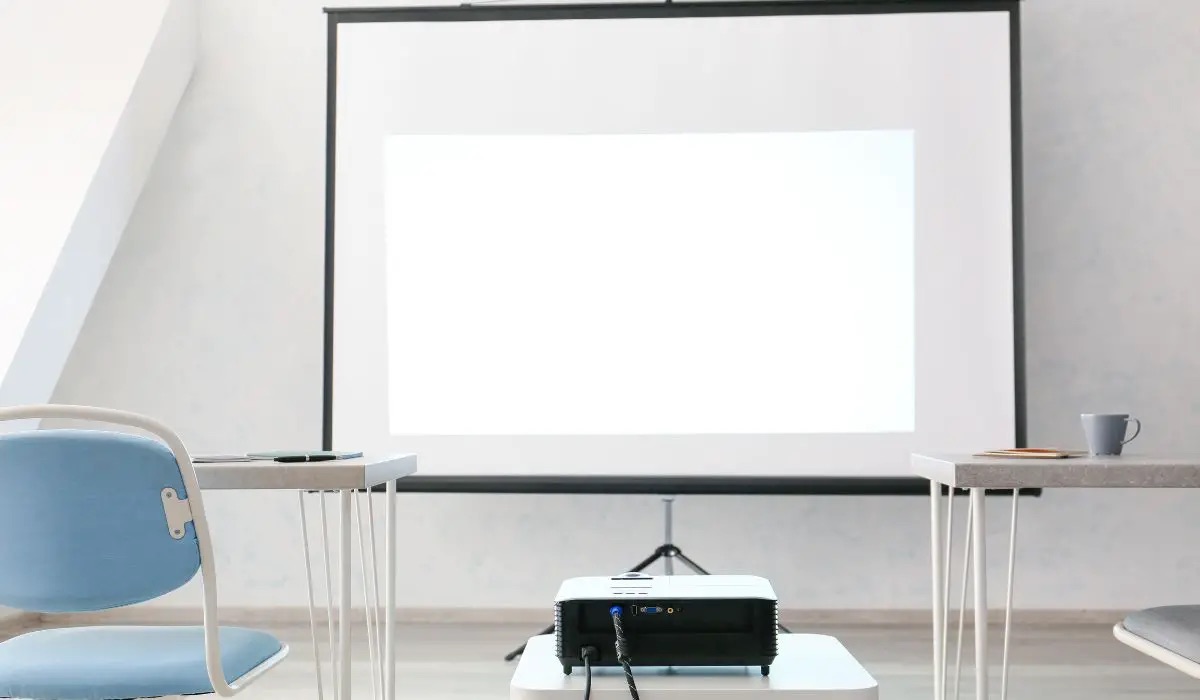
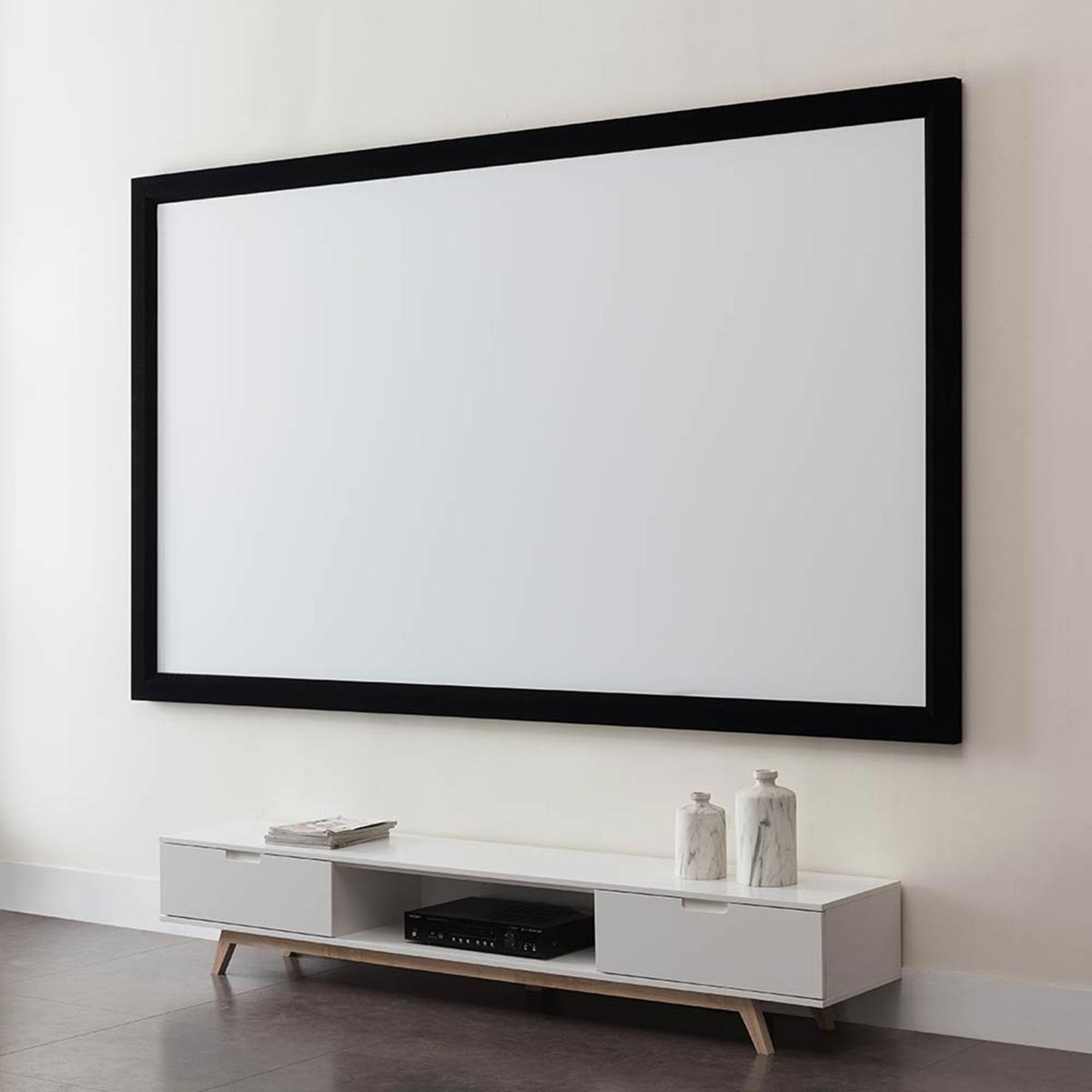
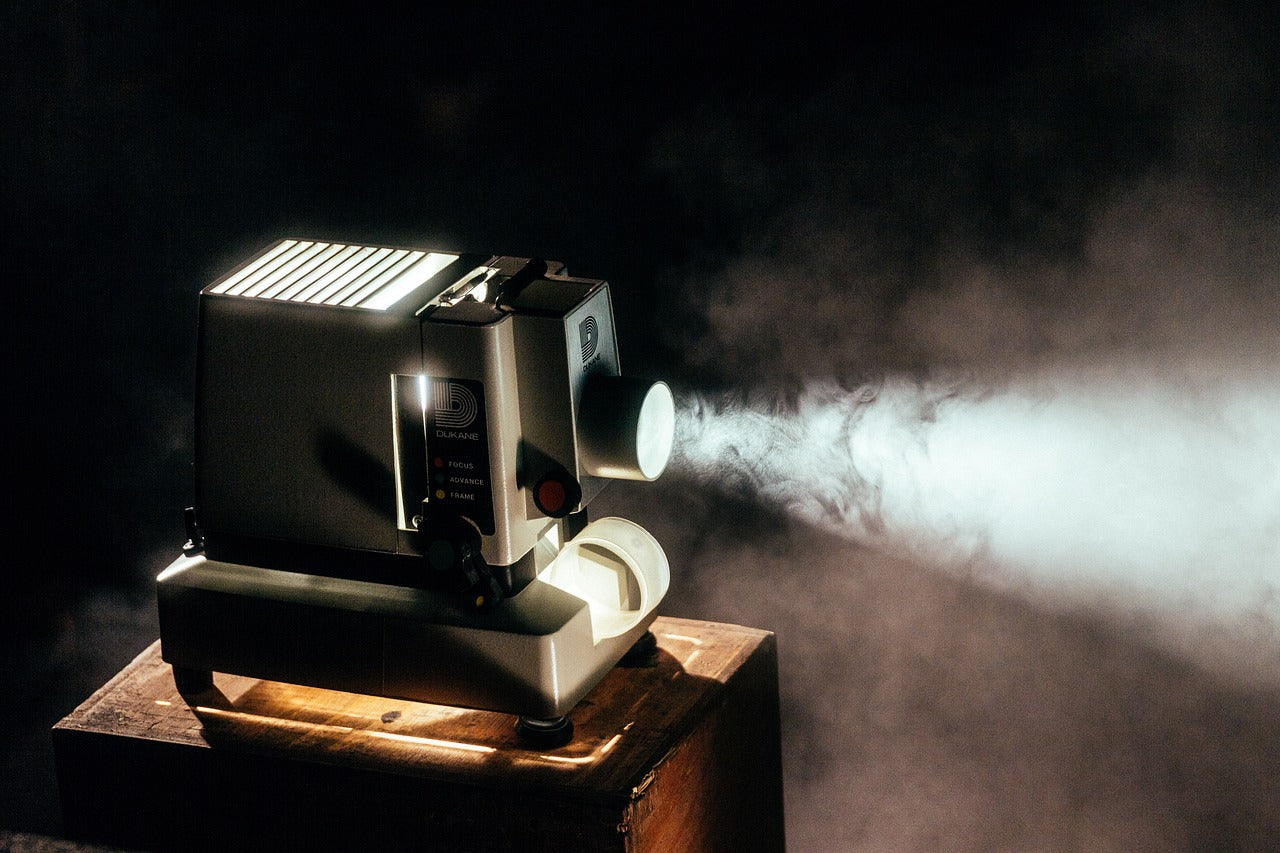
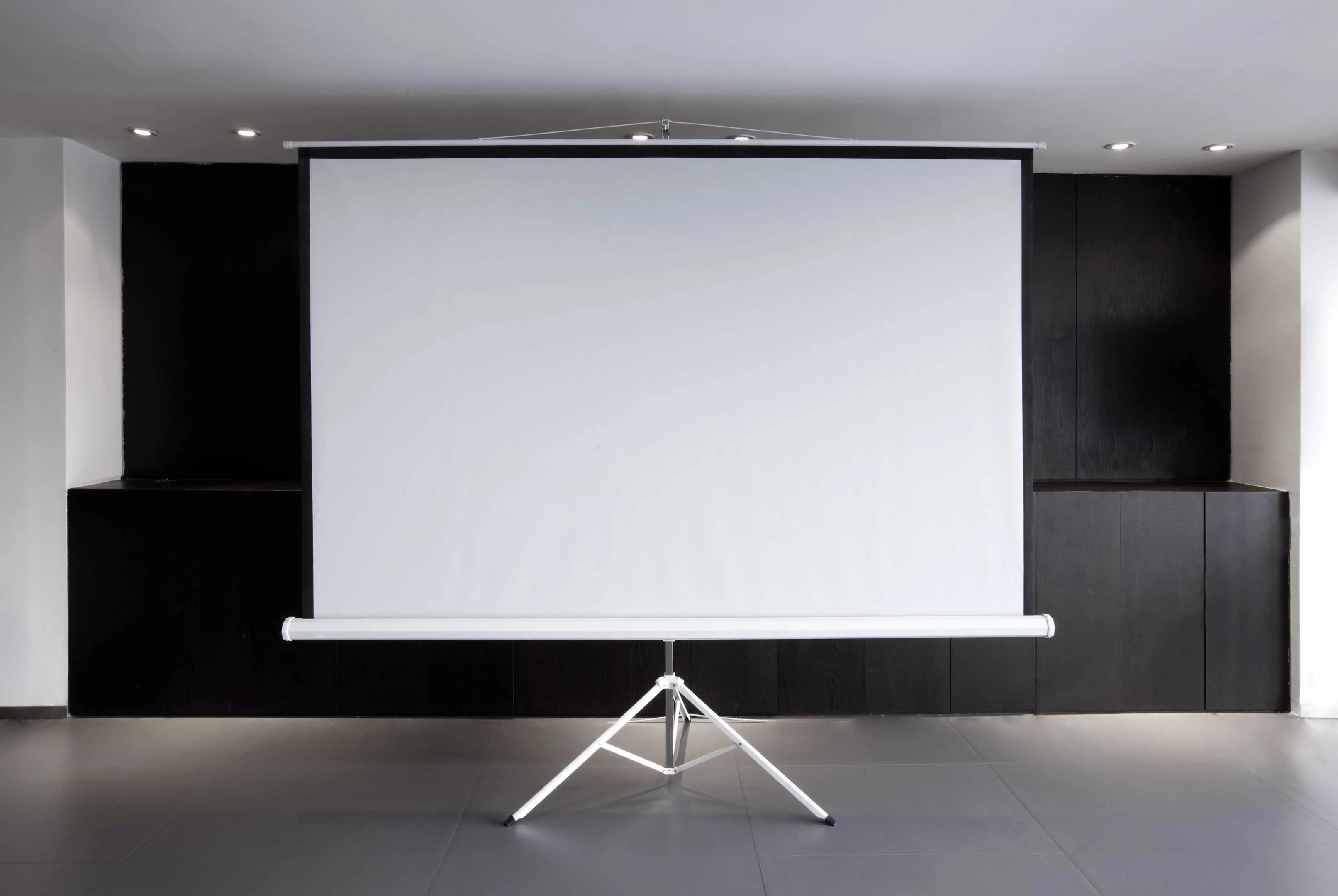
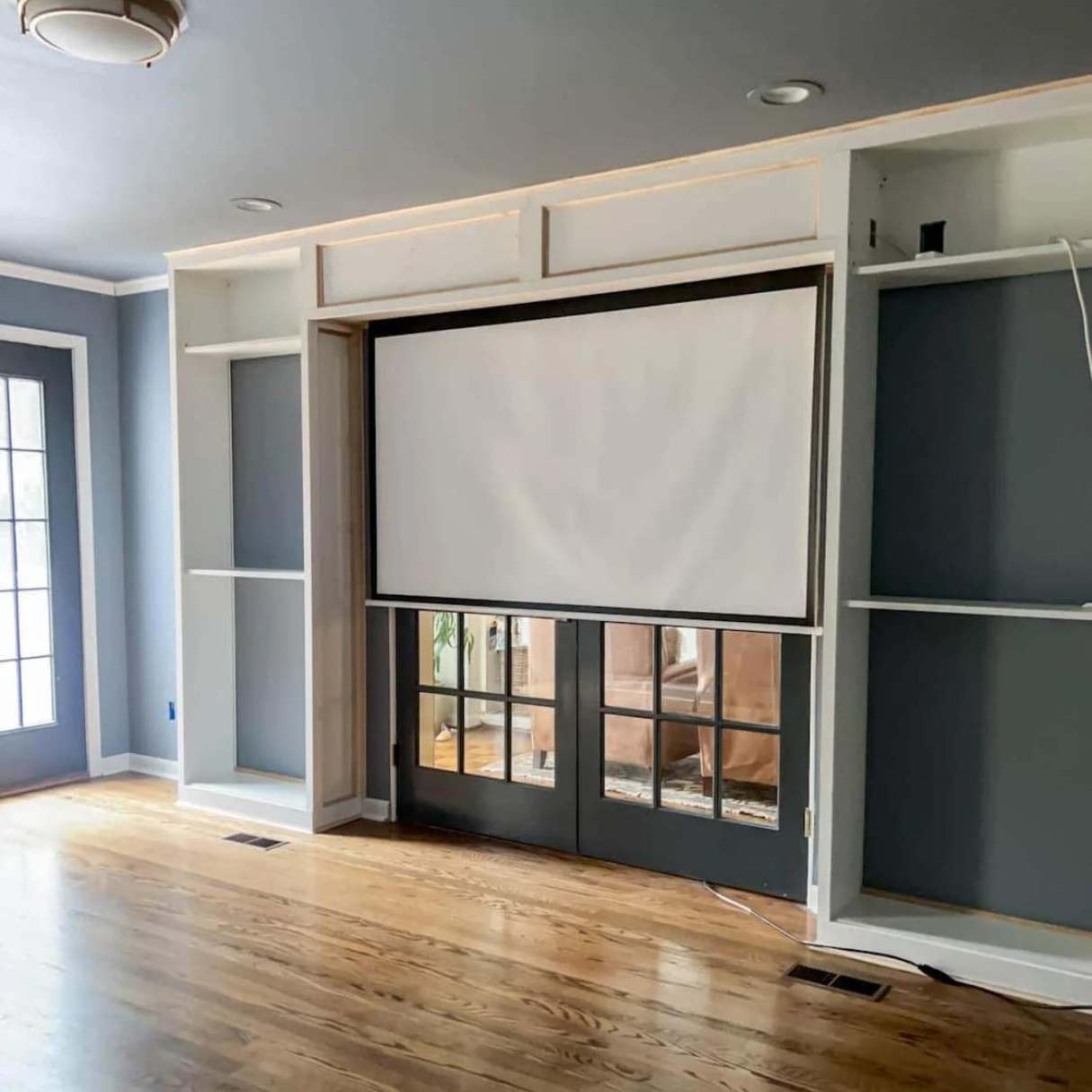
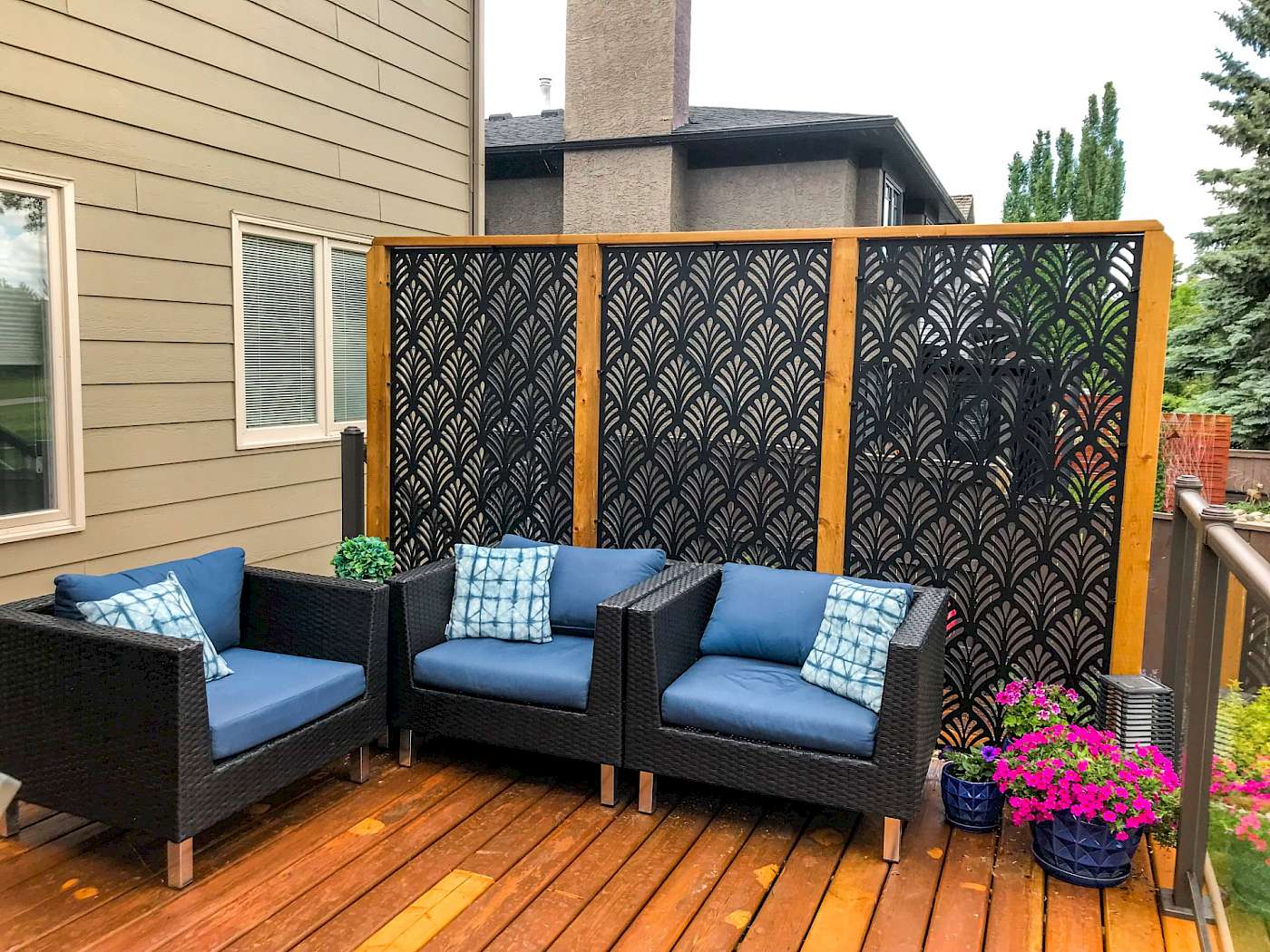
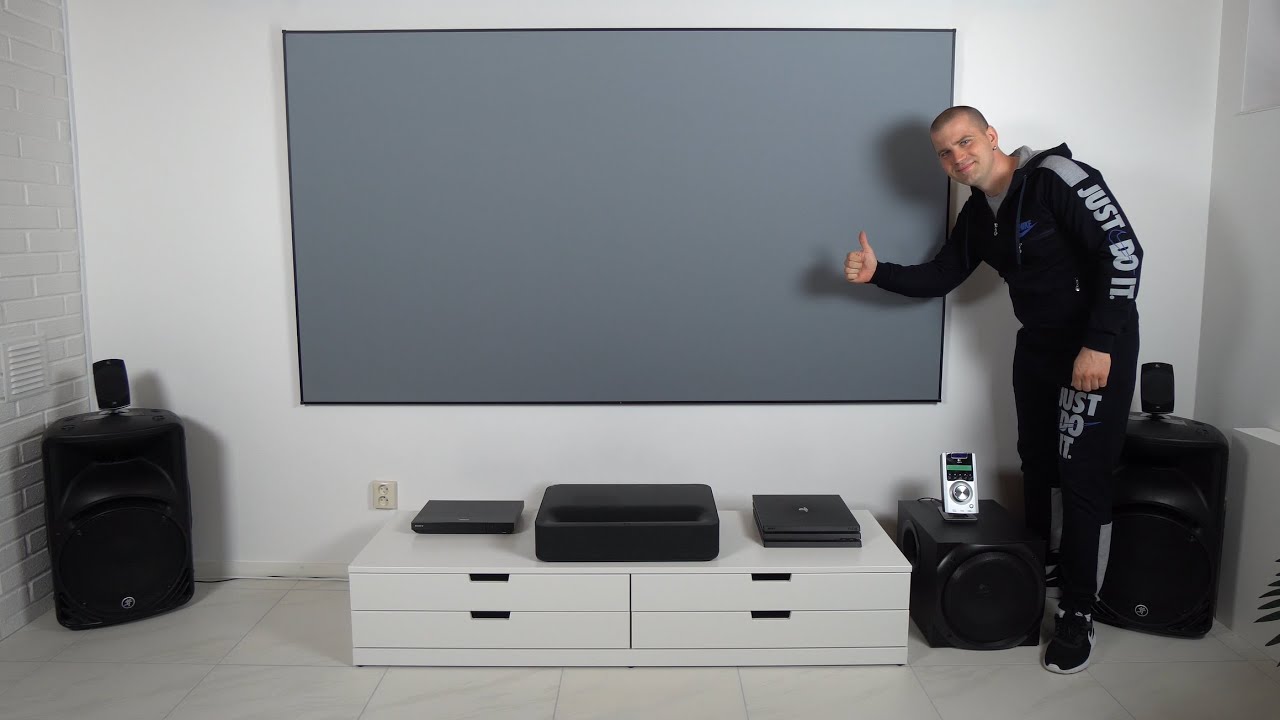
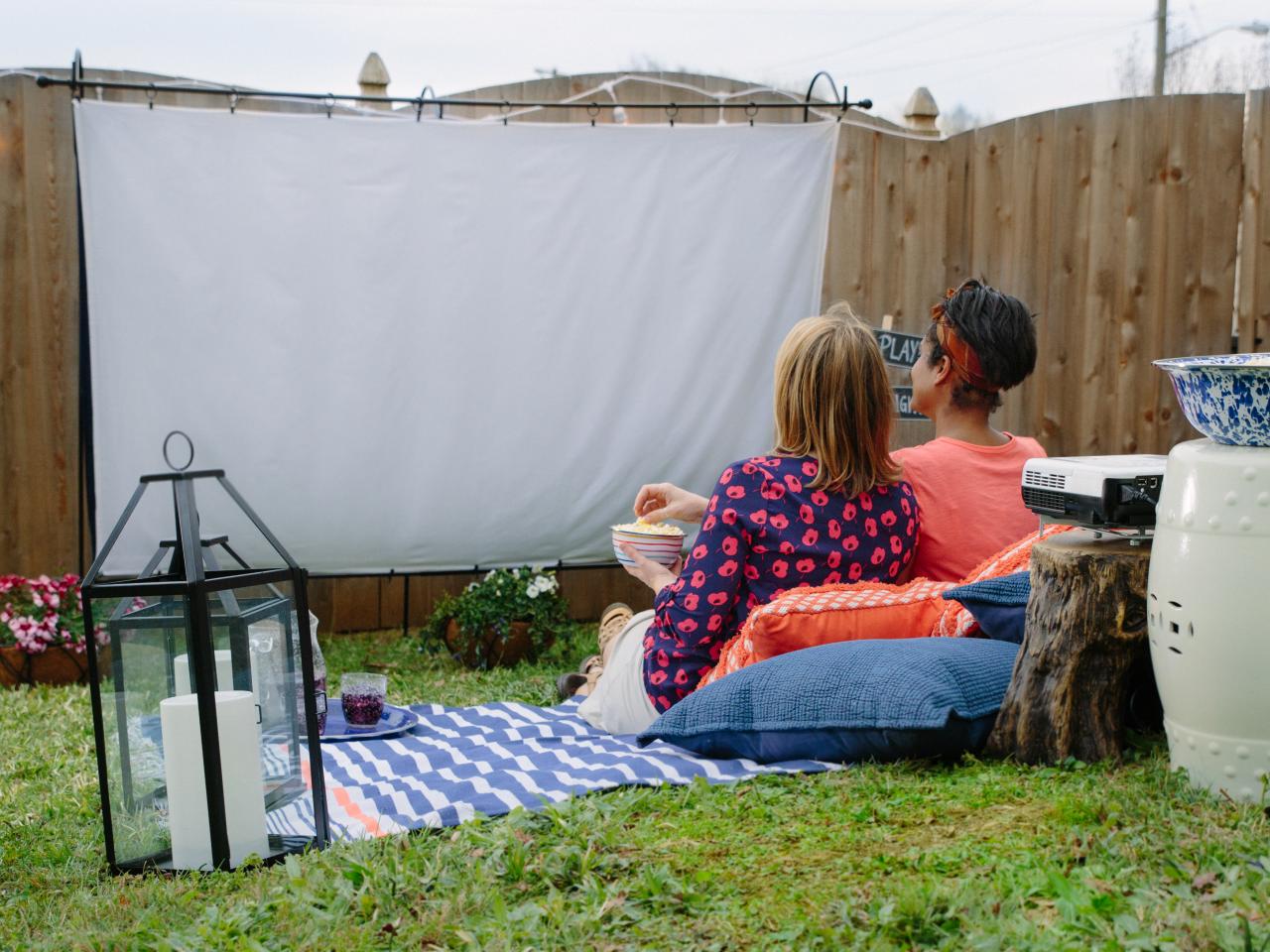
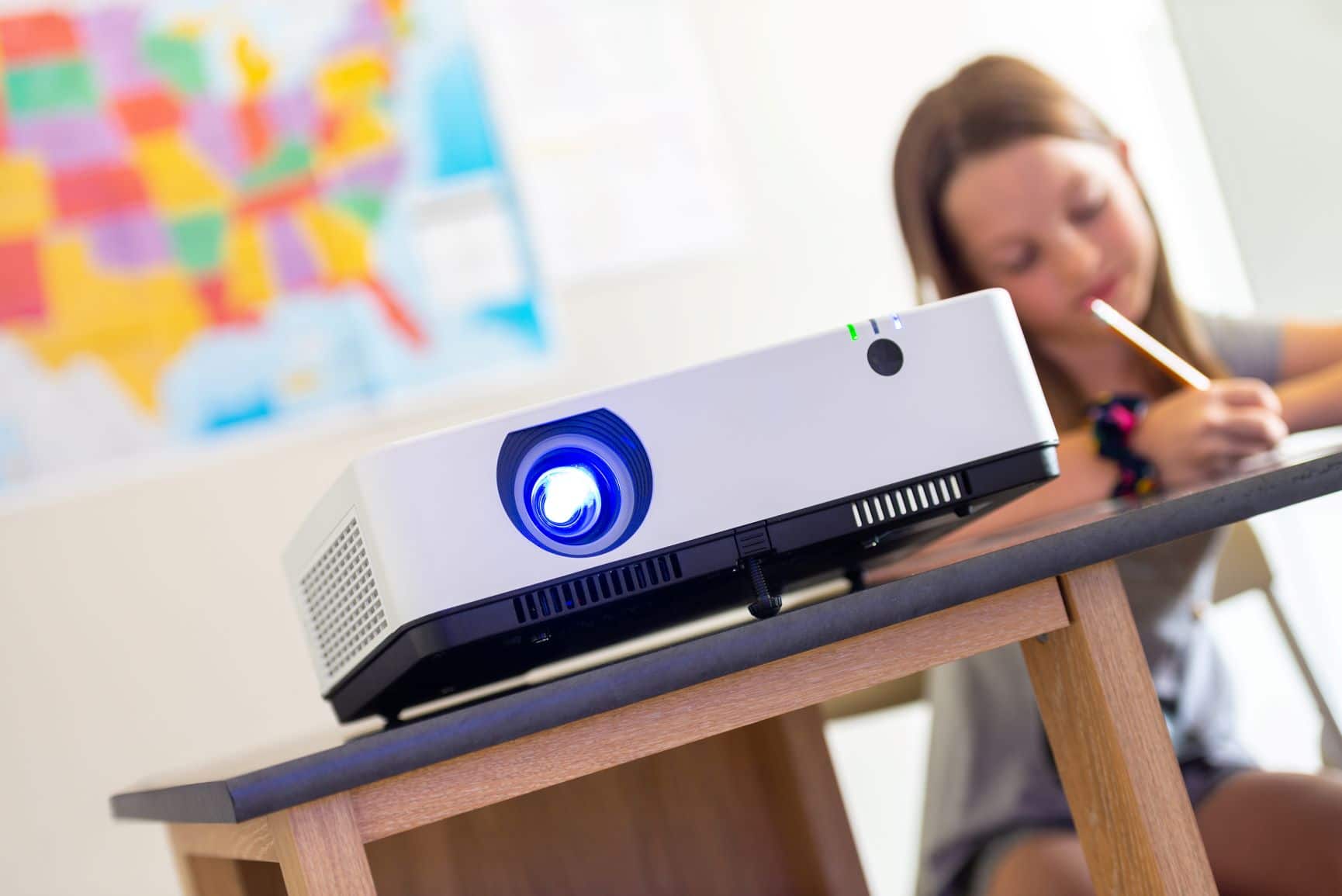


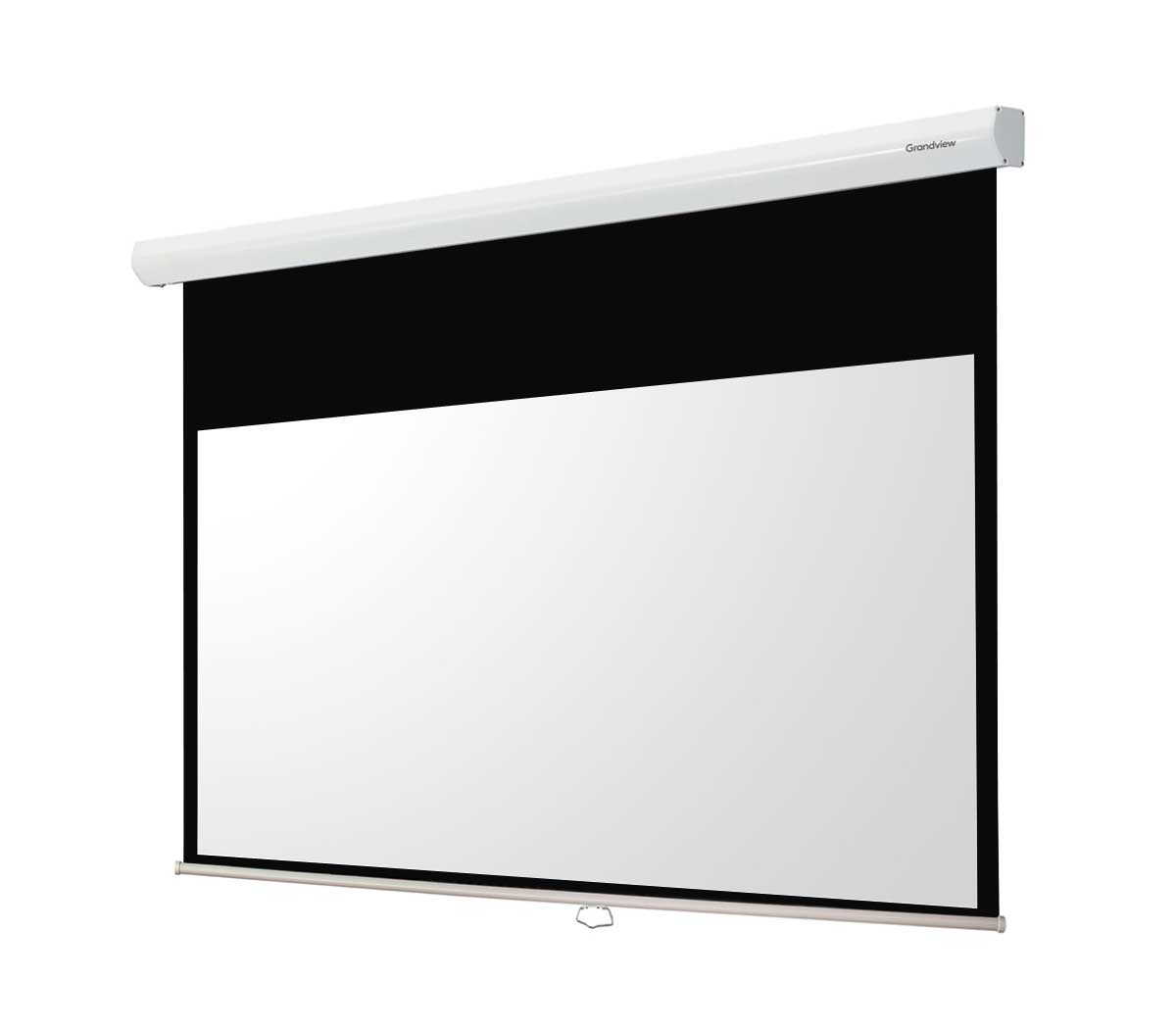
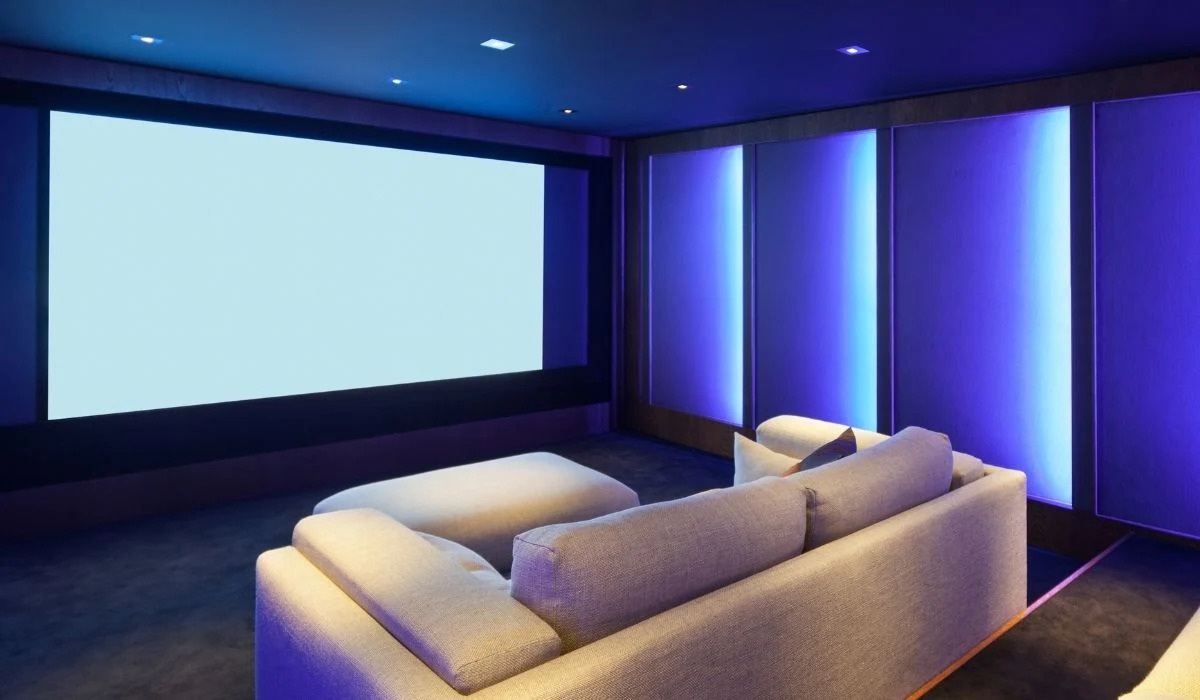
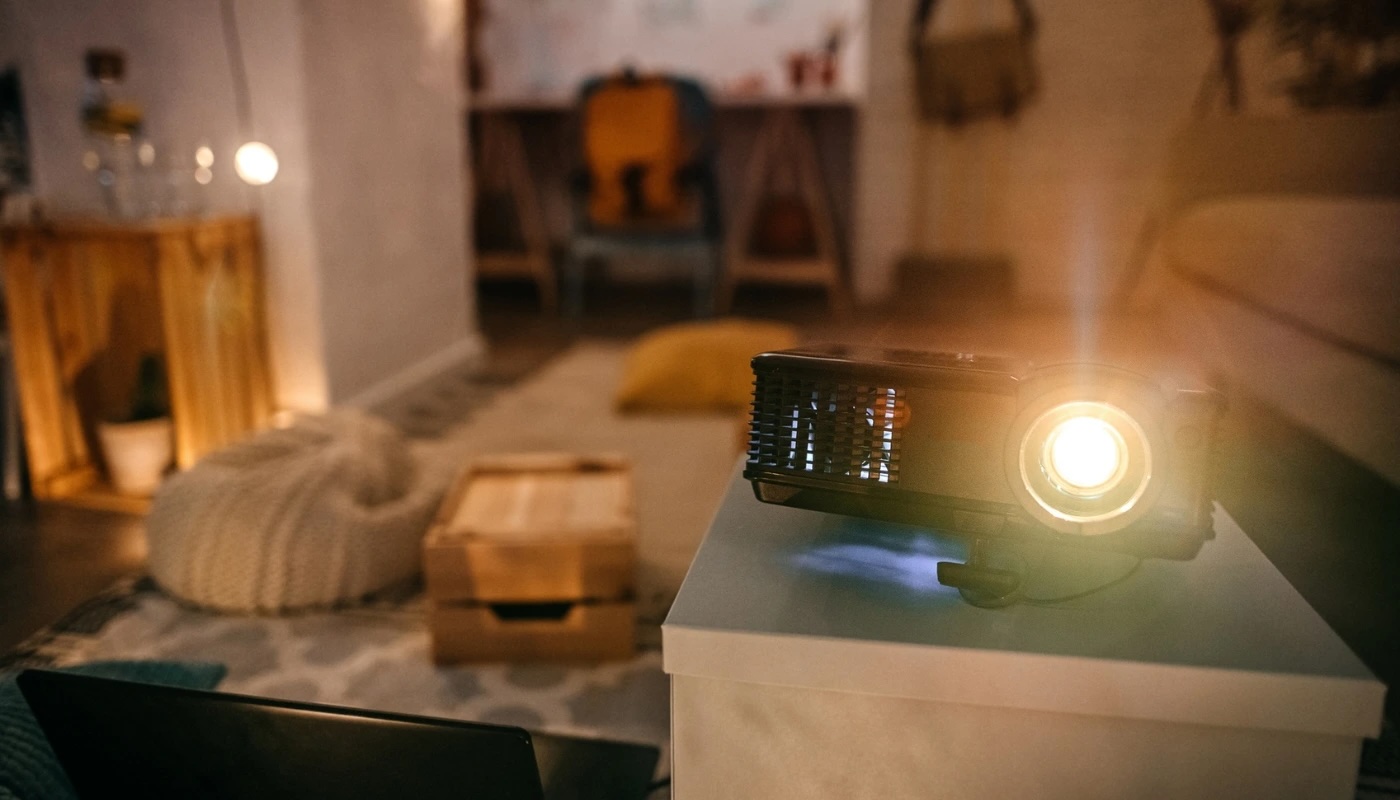
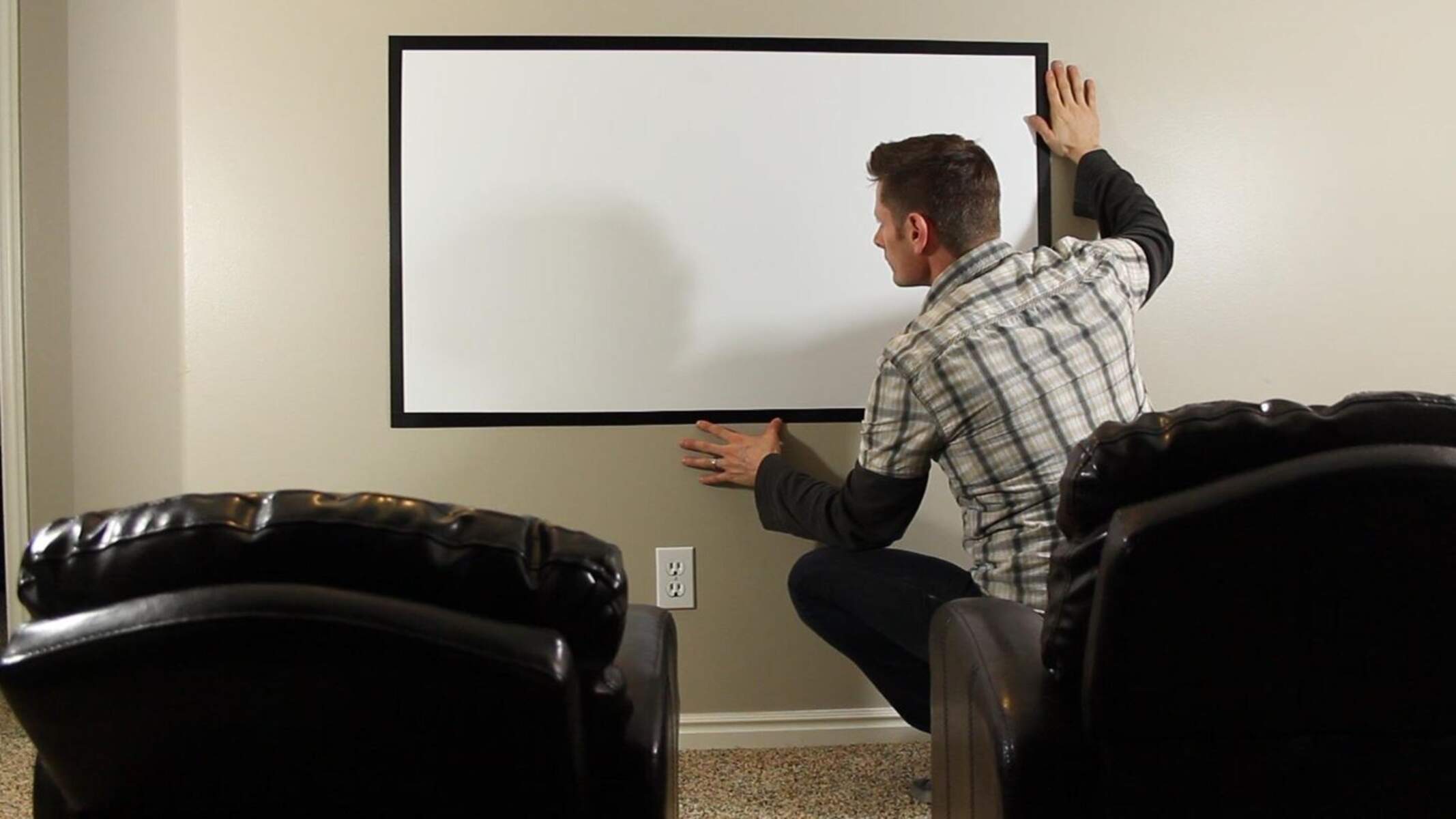

0 thoughts on “What Paint Do I Use For A Projector Screen”